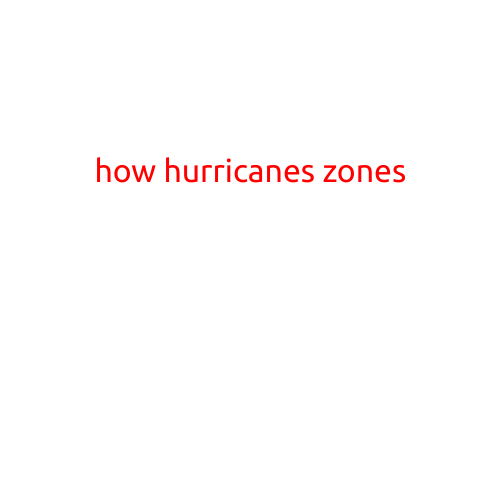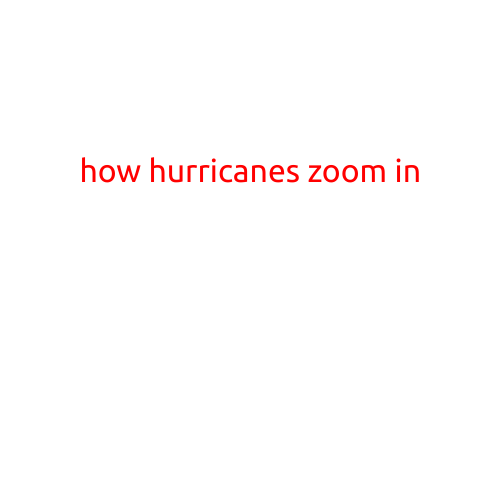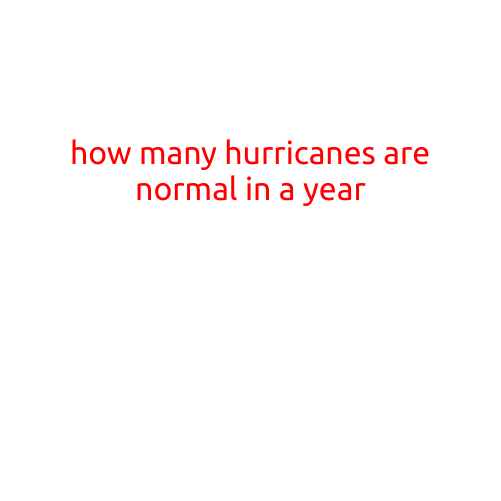
How Hurricanes Form and Impact Communities: A Guide
Hurricanes are intense tropical cyclones that form over the warm waters of the Atlantic Ocean, Caribbean Sea, and Gulf of Mexico. These powerful storms can bring catastrophic winds, flooding, and storm surges, leaving a trail of destruction in their wake. In this article, we’ll explore the formation of hurricanes, their impacts on communities, and how people can prepare for and respond to these powerful storms.
The Formation of Hurricanes
Hurricanes are spawned when a combination of atmospheric and oceanic conditions come together to create a unique set of circumstances. The process begins when warm, moist air rises from the ocean surface, creating convection currents that drive the formation of thunderstorms. As the storms intensify, they swirl around a central eye, creating a rotating system known as a tropical cyclone.
For a tropical cyclone to develop into a hurricane, it must have:
- Warm ocean waters: Temperatures above 80°F (27°C) are necessary to fuel the storm.
- Moisture: High levels of atmospheric moisture help to create convection currents.
- Low atmospheric pressure: A low-pressure system creates a conducive environment for the storm to develop.
- Wind shear: Minimal wind shear, which is a change in wind direction and speed with height, allows the storm to develop and intensify.
The Impact of Hurricanes
Hurricanes can bring devastating consequences, including:
- Winds: Sustained winds of 74 mph (119 km/h) or higher can cause widespread damage, including structural collapses and power outages.
- Flooding: Heavy rainfall, storm surges, and flash flooding can inundate communities, causing property damage and displacement.
- Storm surges: A sudden rise in sea level, caused by the storm’s wind and low atmospheric pressure, can flood coastal areas and pose a threat to life.
- Power outages: Strong winds and flooding can disrupt electrical infrastructure, leaving communities without power for extended periods.
Preparing for Hurricanes
While hurricanes are powerful and unpredictable, there are steps that individuals can take to prepare for and respond to these storms:
- Create a plan: Develop a family emergency plan, including evacuation routes, emergency contact numbers, and a meeting location.
- Stock an emergency kit: Assemble a disaster supply kit with essential items, such as non-perishable food, water, and medications.
- Secure your property: Bring in outdoor items that could become projectiles in high winds, such as patio furniture and garbage cans.
- Stay informed: Monitor local weather reports and sign up for emergency alerts to stay informed about the storm’s progress.
Responding to Hurricanes
In the aftermath of a hurricane, it’s essential to prioritize safety and take necessary precautions:
- Avoid flooded areas: Never attempt to drive through flooded waters, as they can be deceptive and pose a significant risk.
- Use caution when entering buildings: Be aware of potential hazards, such as structural damage, falling debris, and electrocution.
- Prioritize health and hygiene: Follow proper hygiene practices to prevent the spread of diseases, and ensure access to clean drinking water and sanitation.
- Seek support: Reach out to friends, family, and neighbors for emotional support, and consider seeking professional help if needed.
Conclusion
Hurricanes are powerful and unpredictable storms that can have devastating impacts on communities. By understanding how they form, the importance of preparedness, and the necessary steps to take in response, individuals can reduce their risk of injury or property damage. Remember, prevention and preparedness are key to weathering the storm and recovering from its effects.





